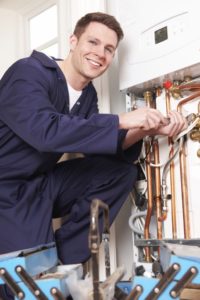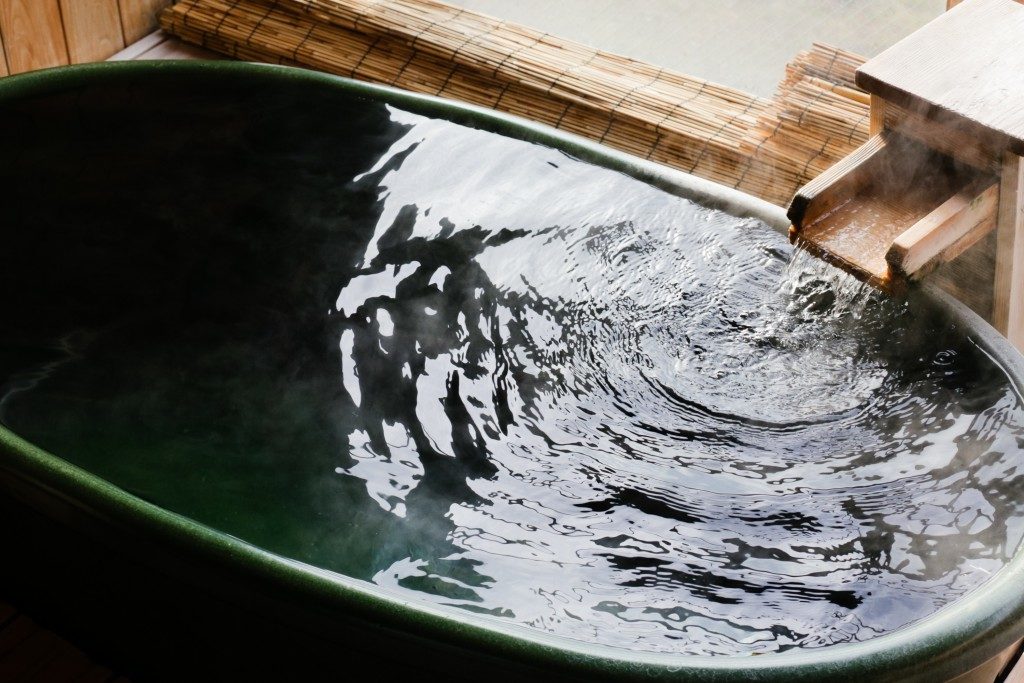Having a spa in your private or commercial property transforms it into a luxurious getaway. The hot tubs are the most critical elements in your bath. Few investors, however, take time to understand the different components of their hot tubs. The pump is among your hot tub’s most crucial element.
It circulates your heated water and creates a pressure blast, which propels the soothing water jets. To guarantee a durable and efficient pump, you should pay attention to several key components. If you need inspiration, you can peruse the Bullfrog spas in Salt Lake City, Utah. Here are the primary elements:
Wet Ends
These refer to the parts of your hot tub’s pump, which discharges the water. There are two categories of wet ends, including the side and center discharges. The center discharge will propel water out of the pump at a center position, while the side discharges will move it from the right or left. The side discharges can be rotated to change the direction of your water jets. The best sizes for your pump’s discharges are those not less 1.5’’ or 2’’.
Unions
These are the connectors that allow you to disconnect your spa’s pump from the plumbing. Your hot tub pump’s unions can be split by using a nut with two screws to hold them together. You can also use one large nut that tightens your volute’s halves. The unions have an O-ring that keeps them tightly sealed. These should be lubricated when reconnecting the unions to keep them in top shape.
Diffusers and Impellers
The impeller creates a vacuum suction that aids in your hot water’s movement, while the diffuser will increase the water pressure of your jets. The diffuser is fitted over your impeller and held in place using stainless steel screws. The most common issue with an impeller is a clog. This can be cleared using a small screwdriver or bent wire. The impeller is also at risk of melting or breaking, but diffusers do not usually have many issues.
Volutes
 These are your impeller’s housing, and they comprise your wet ends’ assembly. The front volute attaches to your pump’s incoming pipes, while the rear one connects to the motor. Cracked volutes are a common issue, but luckily, they can be replaced inexpensively and without much damage to the wet ends.
These are your impeller’s housing, and they comprise your wet ends’ assembly. The front volute attaches to your pump’s incoming pipes, while the rear one connects to the motor. Cracked volutes are a common issue, but luckily, they can be replaced inexpensively and without much damage to the wet ends.
Motors
These are considered your pump’s workhorse. The voltage, horsepower rating, frame, amps, and speed are the key elements to consider when choosing your pump’s motor. Pump motors last for five to seven years, after which they will melt or break.
In the end, getting an expert to install your hot tub does not mean taking a hands-off approach. Having a general idea of the key elements that make up your hot tub will help you understand various issues that might plague it time and again. With the tidbits above, you are now better placed to pick not only the right pump but also understand its repair needs. Still, if you do not know what to do, consult an expert immediately.

